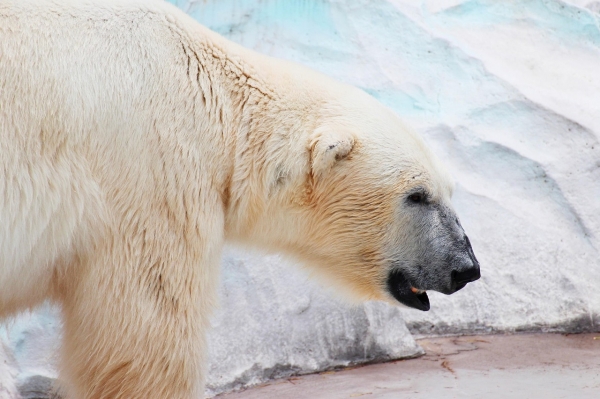New study shows polar bears annually provide millions of kilograms of food, supporting a vast arctic scavenger network.
New study shows polar bears annually provide millions of kilograms of food, supporting a vast arctic scavenger network.
A new study published in the scientific journal Oikos reveals for the first time the critical role polar bears play as carrion providers for Arctic species. Researchers from University of Manitoba and San Diego Zoo Wildlife Alliance, alongside researchers from Environment and Climate Change Canada, and the University of Alberta, have estimated that polar bears leave behind approximately 7.6 million kilograms of their prey annually, creating a massive and vital food source for a wide network of arctic scavenger species.
This research demonstrates that these apex predators are a crucial link between the marine and terrestrial ecosystems. By hunting seals on the sea ice and abandoning the remains, polar bears transfer a substantial amount of energy from the ocean to the ice surface, making it accessible to other animals. The study identifies at least 11 vertebrate species known to benefit from this carrion, including Arctic foxes and ravens, with an additional eight potential scavenger species.
“Our findings quantify for the first time, the sheer scale of polar bears as a food provider to other species and the interconnectedness of their ecosystem,” says Holly Gamblin, lead author of the study and PhD Candidate in the Department of Biological Sciences at the University of Manitoba. “What is apparent from this review is that there is no other species that adequately replaces how a polar bear hunts, in which they drag their prey from the water to the sea ice and leave substantial remains for other species to access.”
Read More: San Diego Zoo Wildlife Alliance
Photo Credit: Keiji_M via Pixabay




